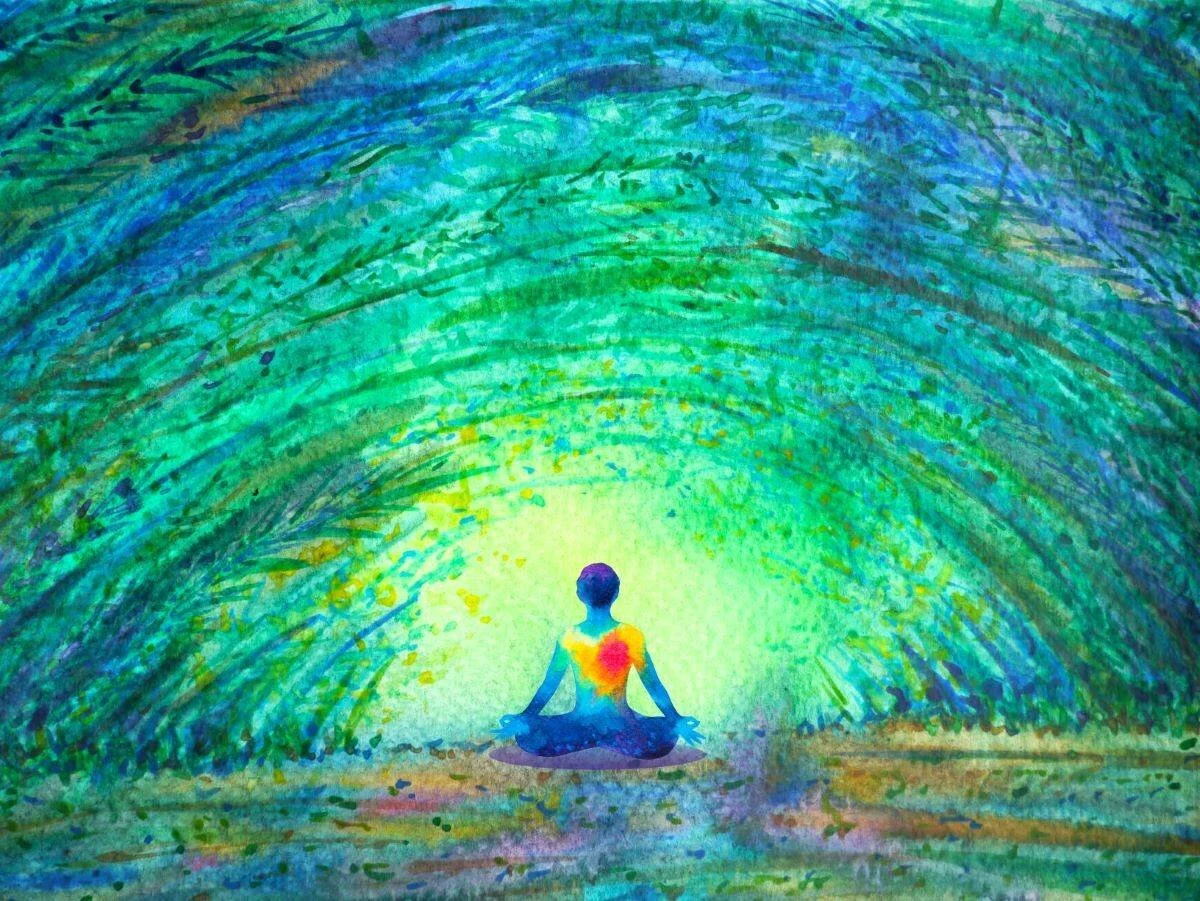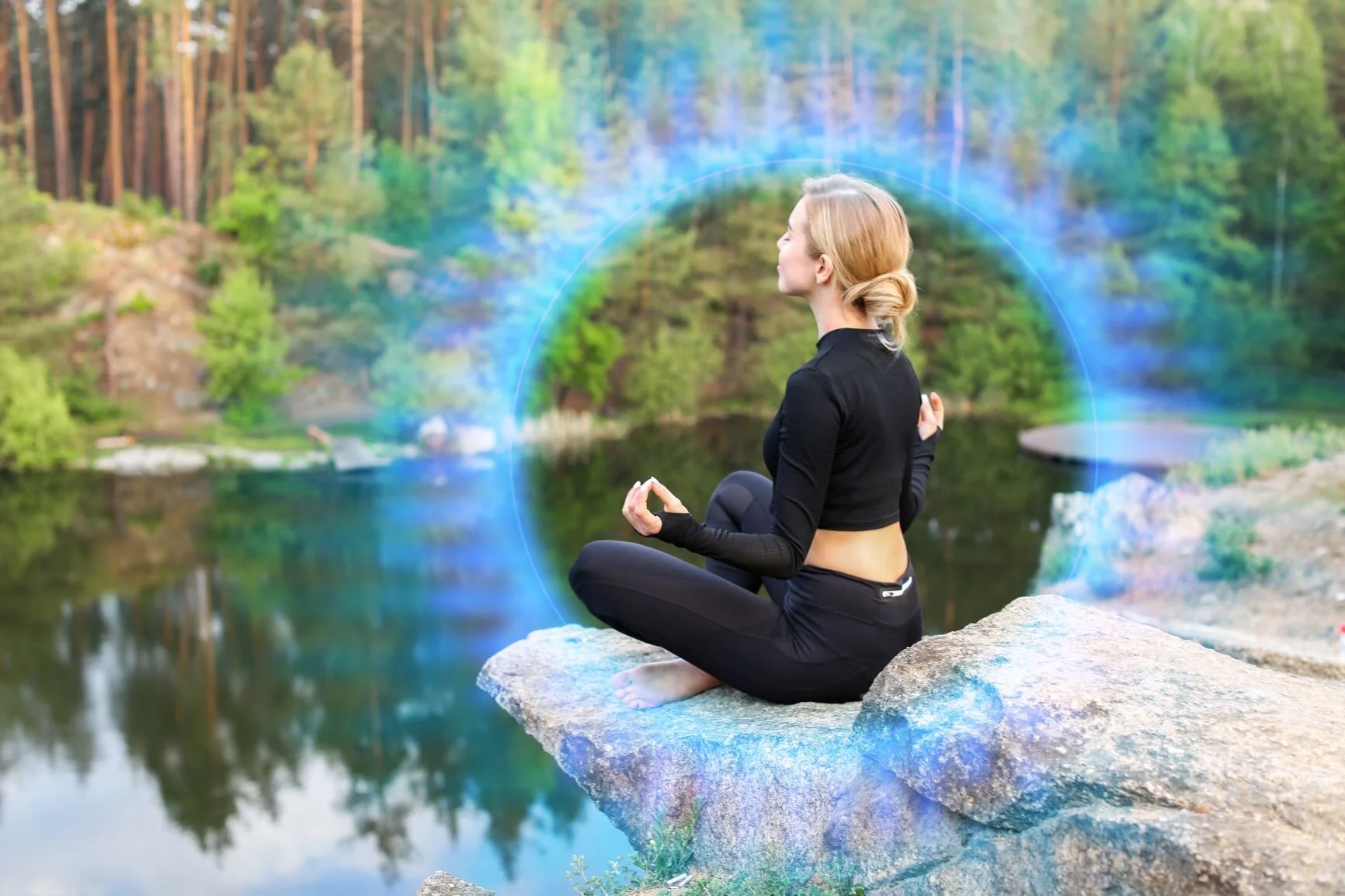I don't know why meditation is such a deceptive field, so full of lies. Maybe it is because yoga and meditation come from Hinduism, and Yoga is "by definition" a perfect system, therefore if you get hurt, it's your bad karma. You must have been thinking impure thoughts. Perhaps you were criticizing the teacher in your mind, or not being respectful to the guru.
This quote by the Dalai Lama is the type of honest observation that is incredibly rare in meditation: "In the West, I do not think it advisable to follow Buddhism. Changing religions is not like changing professions. Excitement lessens over the years, and soon you are not excited, and then where are you? Homeless inside yourself." – The Dalai Lama, quoted in Tibet, Tibet by Patrick French.
Many of my friends are sort of homeless within their hearts, because they have been meditating in a Buddhist or Hindu tradition for the last twenty, thirty or more years. They seem lost. Meditators are always getting injured in subtle ways. It usually takes longer to come on than the sunburn or Achilles tendonitis runners get. Because meditation is powerful, it affects your body, nerves, muscles and senses. There are strong tendencies to be healthy and self-regulating in meditation. But any theory you have will probably throw you off balance. To stay in balance, you have to pay close attention to your senses. And to the extent you practice meditation in a religious mood, you will tend to not attend to your senses, and will override your inner wisdom.
For some reason or set of reasons, there is almost no information about the dangers of meditation. It is taboo to even think about it. Meditation is presented as an omni-beneficial activity. We are in the odd situation that the field that is supposed to be about truth, is presented in a deceptive manner. Discussion of the real obstacles and hazards of meditation is met with denial.
Runners get shin splints, sore knees and blisters; swimmers get shoulder injuries and ear infections; soccer players get head and neck injuries; volleyball players, tennis players, skiiers, weight lifters, and golfers all have their characteristic injuries. Coaches and sports doctors study these injuries, figure out how they happened, and how to prevent them. Then they revise the training to minimize injury and publish articles, and the information eventually gets out so that everyone can benefit from it.
This process of studying what works, where things break, and then modifying the training to make it better, is not going on in the field of meditation. It's not that people are lying. The lack of skill, and lack of observation demonstrated by meditation teachers is a manifestation of how denial itself is one of their main techniques.
By contrast, the process of noticing injuries and figuring out how to prevent them is going on in yoga. During the early 1970's, I noticed that quite a few of my friends had lower back, shoulder, and neck injuries from asana practice. By the late 70's, about a third of my meditating friends had more or less permanent injuries from yoga. In the early 1990's, I started meeting a lot of people with yoga injuries, and then I started to hear reports that orthopedic surgeon's offices, from Los Angeles to New York, will filled with yoga injuries and that the doctors were thanking the existence of yoga for paying for their Aspen ski condos. Then finally in the early 2000's, there started to be awareness of yoga injuries in the yoga journals and among yoga teachers. The last few years, my impression is that yoga is taught in a much more balanced and responsible way. I don't see as many new yoga injuries, and the students are encouraged to go at their own pace.
Of course, yoga injuries are similar to sports injuries and have to do with the joints and soft tissue. People know it when they are limping around, and get woken up by pain. They are motivated to go to a doctor.
Meditation injuries are usually very gradual and almost invisible, so they are harder to detect, impossible to x-ray, and difficult to gather data on. As a meditation teacher, it was not until after five years of teaching full-time that I began to see these injuries, because before that I wasn't experienced enough to be perceptive.










